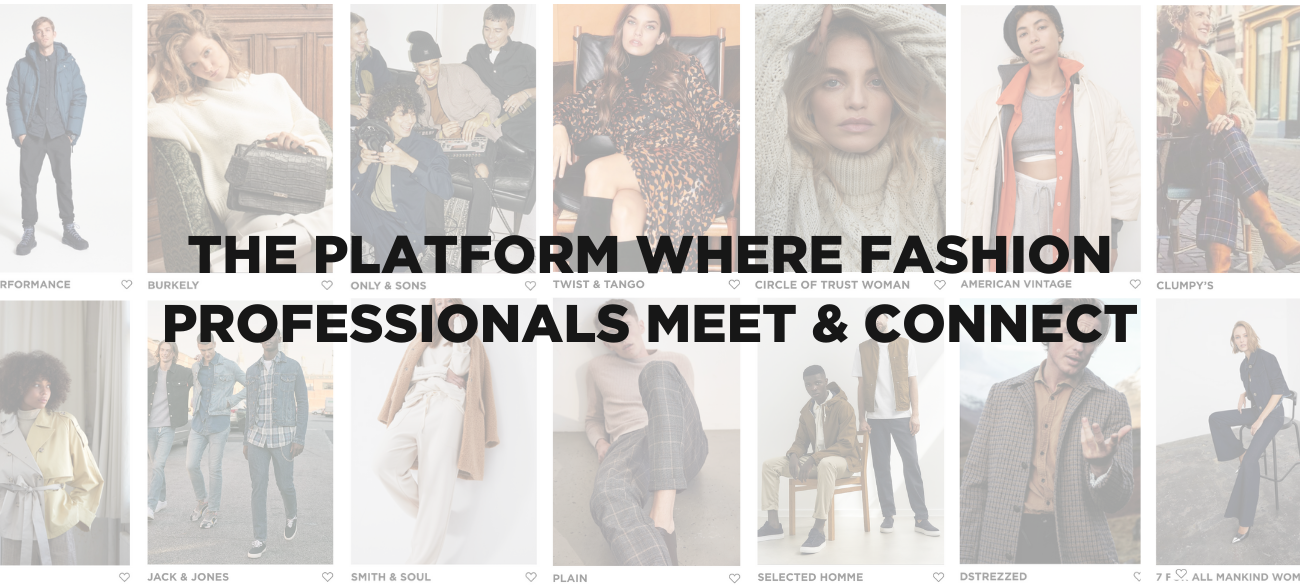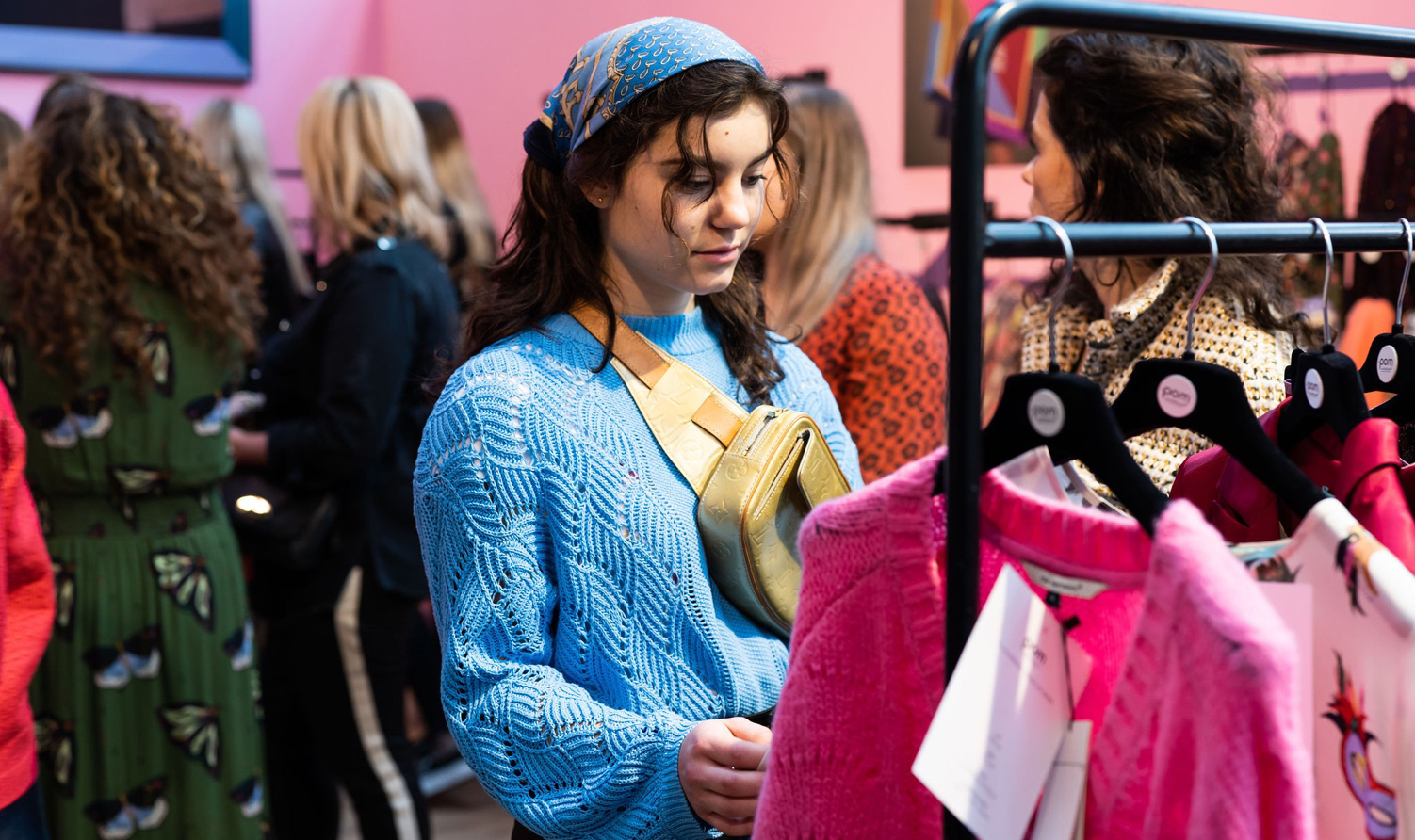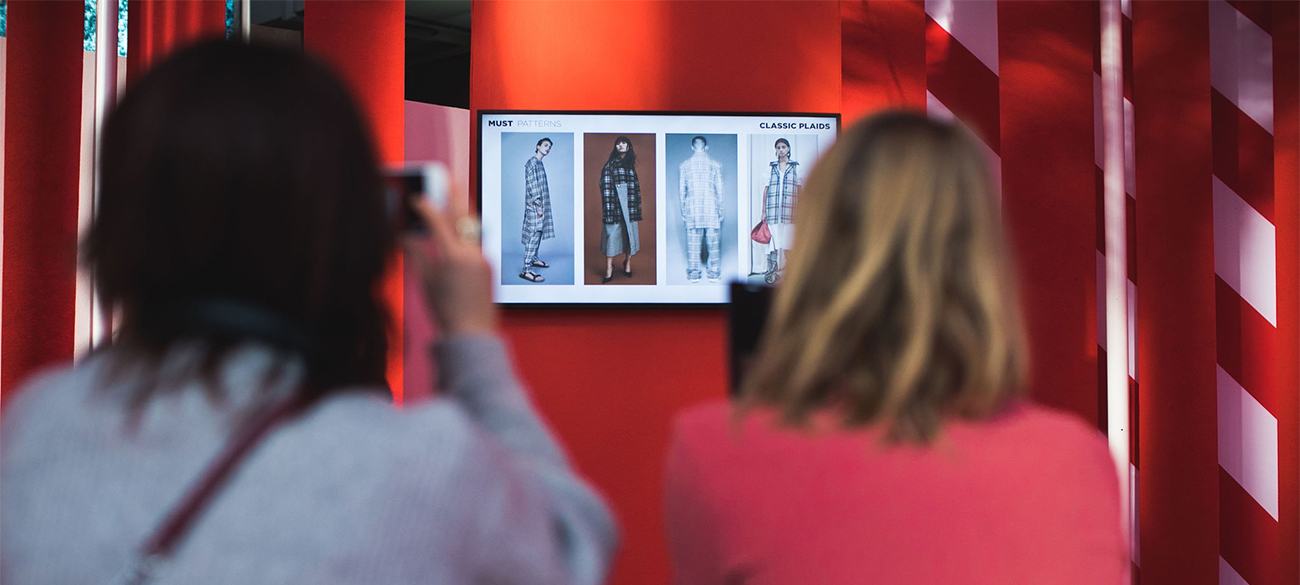EXPO Greater Amsterdam
Stelling 1
2141 SB Vijfhuizen

Create a free retailer account now or view the other options.
David Shah: 'How COVID changed the world of fashion'
Recently, we spoke to David Shah, one of our ever-inspiring speakers and asked him which challenges and possibilities Corona brings for fashion & retail. Also, he revealed how this insecure time might change the industry. Read on for a recap of this insightful chat.
COVID-19 didn’t as such bring any changes that were completely new; what it did was accelerate issues that were already in motion – key amongst these is the move to e-commerce, nearshoring, big data and automation or robotics.
The biggest issue concerns digitalisation. Microsoft’s CEO, Satya Nadella, said the software giant had seen “two years’ worth of digital transformation in two months” thanks to coronavirus shifting our lives abruptly online. Even hardliners who strongly objected to the power of social networks were happy to have Internet during the pandemic. But even though digitalisation is being more and more accepted it didn’t seem to work. The overall results were muted and marketing reach disappointing.
Growing consciousness vs. shopping as usual
Of course, people missed their freedom and the liberty to physically connect with their community during lockdown, but time alone gave them time to think about priorities, not least about their shopping habits. With fears about finance and job security high, consumers are more mindful of how and on what they spend. For many it’s back to basics and looking for true value for money. Buying locally, shopping vintage and second hand, recycling and reuse and buying less in general are on the up.
"There were those that continued to buy heavily during lockdown, albeit through e-commerce – the rich, the millennials with safe jobs, and the young relying on their parents’ money."
However, not everyone thinks the same way. There were those that continued to buy heavily during lockdown, albeit through e-commerce – the rich, the millennials with safe jobs, and the young relying on their parents’ money. The areas that really benefitted were loungewear and comfort pieces. Athleisure also did brilliantly. Debit card data in the USA compiled by Bernstein shows that spending on athletic apparel brands including Nike, Adidas, Lululemon and Under Armour increased 46 percent year-over-year in the week ending July 17, 2020. There was also big demand for yoga pants – the more exclusive the better. And, of course, there was sleepwear. Olivia von Halle’s silk pyjamas with catwalk-worthy prints, for example, sold like hotcakes with a mind-blowing 275% sales increase.

The future is polarized
After every crisis, thinkers and pundits always claim that life will never be the same again, but surprisingly enough, a large number of things do stay the same. Consumers and pundits are polarized. There are those that argue for a new world order that challenges everything in sight. A generation of consumers who will nourish and care for each other and the planet, rebuild the economy and industry on a “Green” platform, make do and mend and craft long lasting products.
On the other side there are those that what to get back to the old days as soon as possible. They assign fun and entertainment the highest value. Fulfilment of an individual’s needs and desires, and variety and diversity take the place of loyalty. In the context of retail, this drive for self-realisation manifests in impatience with inefficient product availability, but hyper-fast delivery and the shopping experience are rewarded. Consumption is defined by enjoyment; the experience economy grows exponentially.
At the end of April, the fashion world was being bombarded with designer statements, manifestos and open letters about re-thinking the industry’s traditional system of presenting, delivering and discounting collections. The system was out of touch with modern market realities, the argument ran. Catwalk shows were wasteful and climate negative; delivery timings, tied to the demands of dinosaur department stores, no longer corresponded to real climate patterns, fashion’s increasingly global and digitalised base and ‘buy now, wear now’ demand. Discounting, ever-earlier markdowns and special sales events like Black Friday and Singles Day destroyed margins and weakened brand equity. Big names like YSL, Gucci, Dries van Noten were all behind the move but, then, we heard no more. It’s clearly becoming a David and Goliath story. The proposed changes really suit the smaller independent brands, but the response from the industry’s largest brands, who have grown rich out of the traditional system, is luke warm at best.
Certainty & safety first
In general, trends will be less season-dependent; timeless items will be created that are suitable for any point of the year, coming in timeless colours that last, such as black, camel and beige. Clothing will become an investment again and will serve for years or at least maintain reselling value. Safety, security and clarity are key in these uncertain days.
Share article

